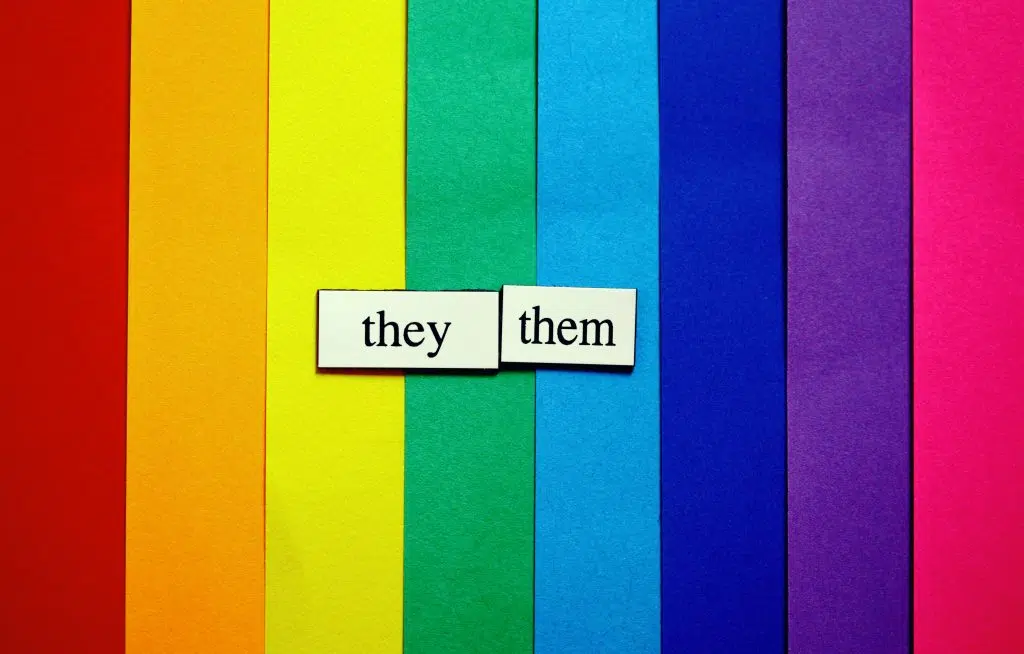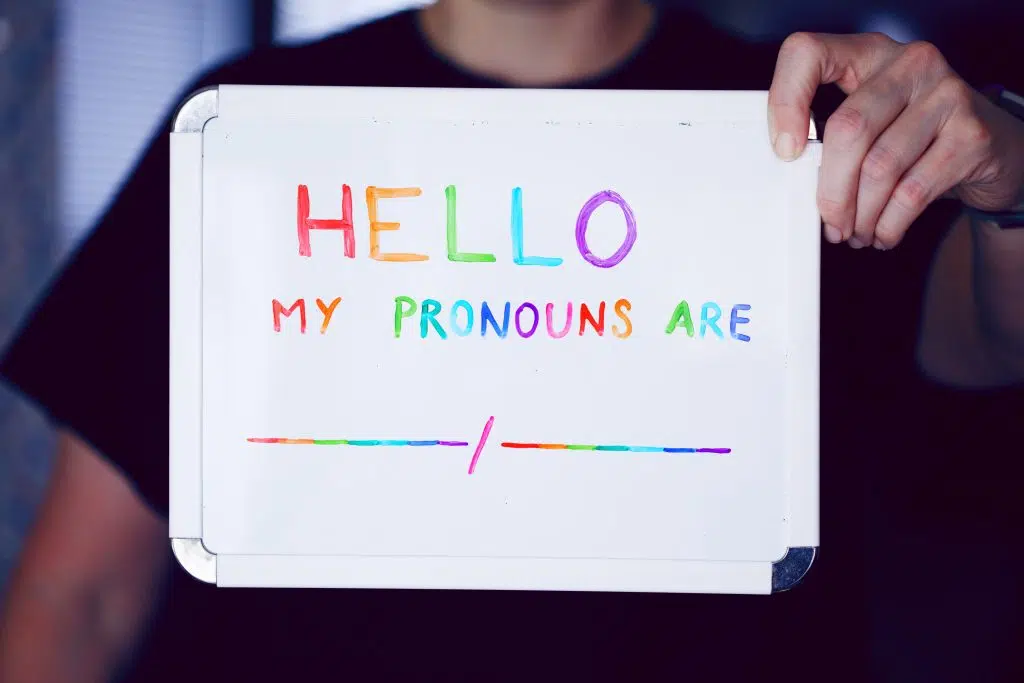
When one talks about gender diversity, it may often be interpreted as a push for equal representation between men and women however, the concept of gender has evolved in recent times beyond the traditional binary options.
Nowadays, there has been an increase in the rich diversity of gender expression as countries make progress in creating safe spaces for LGBTQIA+ communities. It is estimated that around 2% of the world’s population identifies as transgender (circa 160,000,000 people worldwide) and some members of the LGBTQIA+ community identify as ‘gender-fluid’, ‘non-binary’ or ‘non-conforming’.
When it comes to the modern-day workplace, DEI is at the top of many organisations’ agendas. It is crucial for any business to nurture a sense of inclusivity and belonging for its employees and one such way to do that is to ensure that its leaders are aware of the different terminologies relating to gender identity and expression. Once informed, this can in turn be extended to all levels of employees so that they become aware of the different ways people can express their gender identity.
We have compiled a concise guide that can be used as a reference point for HR leaders when it comes to building training focused on gender diversity. Read on to find out more:
Key terminology:
Gender identity: The sense of one’s own gender, this can correspond to a person’s sex at birth or differ from it. This is separate from a person’s sexual or romantic orientation.
Gender expression: How a person publicly expresses or presents their gender, this can include mannerisms, behaviour, hairstyle, clothing etc.
Cisgender: A person whose gender identity corresponds with their birth sex.
Transgender: Having a gender identity or gender expression that differs from the sex that was assigned at birth.
Non-binary: An umbrella term for people whose gender identity does not sit comfortably with ‘male’ or ‘female’. They may identify as a separate third gender (agender). Non-binary people may reject gender identities altogether.
Gender-fluid: A person whose gender identity is not fixed. This can change over time or from day-to-day. This is a form of gender identity or expression rather than sexual orientation.
Gender non-conforming: A term given to people who do not conform to the gender norms that are expected of them for example how someone looks and dresses, behaviours, preferences and roles. This does not mean that someone is transgender or non-binary.
Gender-neutral language/gender-inclusive language: Language that avoids bias towards a particular sex or social gender.
The gender identity or expression someone chooses can affect the gender pronouns that they prefer to use.
What are gender pronouns?
Gender pronouns signify how someone would like to be referred to and is a core part of a person’s identity. There are a number of personal pronouns used for different groups and identities including:
Male pronouns: He/him/his
Female pronouns: She/her/hers
Gender-neutral pronouns: They/them/theirs – these can be used for groups as well as individuals
Neutral singular: Ze/zir/zirs – for those not wanting to use they/them/theirs
The best way to ensure that you use a person’s pronouns correctly is to ask the person. This in itself needs to be handled correctly as improper phrasing can have dire implications. Directly ask the question “what pronoun do you use?” rather than “what pronoun do you prefer” as this implies that it is optional.
HR workplace strategies – things to avoid
To create an inclusive culture for all, there are a number of strategies that HR can deploy when it comes to gender diversity and expression. Below are a few things that HR should be aware of when it comes to pronoun usage in the workplace:
Avoid putting people on the spot – The temptation to host a sharing circle to discuss pronouns might be strong however, putting people on the spot might create discomfort and unwantedly ‘out’ people who are not comfortable discussing their gender identity in the workplace. If you want to hold a discussion, make clear that it is a voluntary discussion, and that people can introduce themselves by name, position and pronoun if they like.
Do not assume – Avoid assuming someone’s gender identity or pronouns until someone specifically states their pronoun. In the meantime, use they/them/their or privately ask which pronoun they use.
Keep communications neutral – At times, HR may need to address an entire team or the whole company. In this instance, it is best to use gender-neutral pronouns in communications to ensure that nobody feels alienated and to avoid making assumptions.
When addressing a large group of people, using a gender-neutral expression such as ‘team/colleagues/everyone’ is the best option. Terms such as ‘ladies and gentlemen’ or ‘guys and gals’ can be exclusionary. Similarly, ‘salespeople’ or ‘sales team’ is more representative than ‘sales guys.’
Include pronouns in signatures – Explicitly including gender pronouns in email signatures, nametags or business cards is helpful not just for non-binary people but is also inclusive for cisgender folks too as it creates a safe space.
This can simply be done by adding a line to your existing signature as below:
John Smith
(they/them/theirs)
Managing Director
However, do not make this mandatory as doing so can unnecessarily create friction and discomfort as some people may not feel comfortable sharing their preferred gender identity at work. Simply suggest it is an option for those who do feel comfortable in doing so. Leading by example is a good way to start so if you feel ready (and comfortable!) to start the movement, change your signature today.
Next steps
If you are keen to learn more about DEI, gender identity and expression or any other related topic, the HR Magazine team are able to help. Our team are highly experienced in corporate training and can help assist you and your organisation on its DEI journey. Simply reach out to our team at admin@excelmediagroup.org for more information or click here to send us a message.





